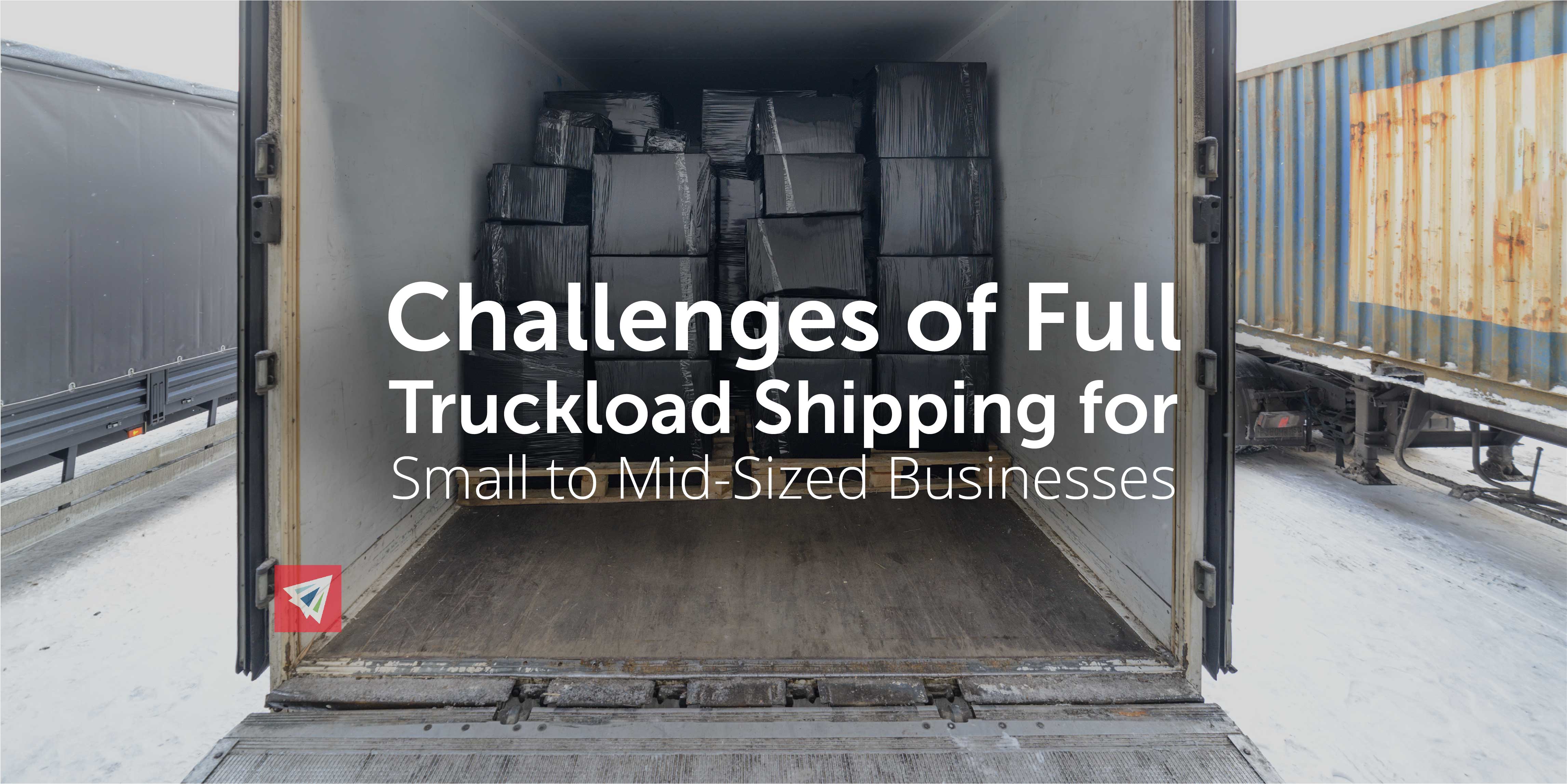When it comes to full truckload shipping, it’s no doubt that small to mid-sized businesses draw the short straw. Regardless of the shipping mode you choose, capacity is tight, trucking rates are higher, and the system is complex. Every carrier has different rates, each destination has different traffic levels which affect rates further, and managing such a processes requires a dedicated personnel or team. However, many businesses still prefer full truckload shipping over LTL for a variety of reasons.
The Capacity Crunch: Challenges of Full Truckload Shipping
It’s no doubt that capacity is tighter than it has ever been – it’s one of the great challenges of full truckload shipping. While there is often a tighter capacity crunch with LTL shipping modes, FTL is not exempt from the issue. Trucking companies are getting booked all-year round due to the recent influx of e-commerce purchases and growing consumer demand. For small to mid-sized businesses, it can be difficult to find any truck capacity when larger companies are booking hundreds of truckers and lowering the available options on the market.
The best way to combat this is to stay on top of planning. While capacity is already tight, it further decreases with time. As trucks book up with time, your chances of finding space for your cargo greatly diminish. Be proactive in your planning.
Volatility of Rates
Unlike LTL shipments which are regulated by the NMFTA, FTL shipments are dependent on the market. Unfortunately, one of the challenges of full truckload shipping concerns this dependency. In general, lower-volume rates will run higher than high-volume bookings and contracts. Since most small to mid-sized businesses are not booking large volumes of freight, all shipments will most likely be booked on spot rates (as opposed to large-volume contract rates).
The flip side to this is that spot rates often drop below contract rates, allowing spot-rate shippers to benefit from this volatility of rates. Just know that if you aren’t booking large full truckload volumes with your freight forwarder, you will be subjecting yourself to a volatile market.
Loading and Unloading Charges
Many carriers will begin to charge you for any loading and unloading time that exceeds their allowed limit. Generally, this is 2 hours for loading and 2 hours for unloading, making for a total of 4 hours. Any time spent in excess of these limits is charged at incredibly high rates.
Although these extra costs are easily absorbed by larger corporations, they may cause small to mid-sized businesses to break their transportation budgets. One of the challenges of full truckload shipping is that loading an entire trailer takes time. The biggest tip to avoid extra loading time is to make sure your freight is properly packaged, wrapped, palletized, and stacked. If everything is in order at the dock door before the trucker arrives, the time it takes to load the freight will be greatly reduced.
Remain Organized and Flexible
Most of the challenges of full truckload shipping involve issues of capacity, cost, and timing. For the most part, small to mid-sized businesses can be proactive in their transportation management to mitigate risks. However, the industry is volatile – sometimes for worse and sometimes for better.
Capacity may free up due to cancelled bookings. Bad weather may push a pickup schedule back. It’s impossible to predict industry behavior, but full truckload shipping will give you an advantage. Full truckload shipping methods give more control, power, and visibility to the shipper and thus serve as an excellent mode for organized personnel.
If you have any questions about the challenges of full truckload shipping for small to mid-sized businesses, call one of our team members at Interlog USA. We have helped hundreds of customers with full truckload shipments and are happy to offer our advice.
